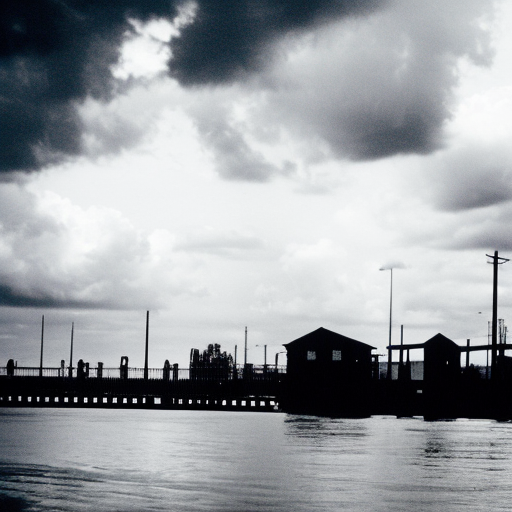Summary:
The St. Elizabeth’s flood, also known as the All Saints’ Day flood, was a devastating natural disaster that occurred on November 1, 1421, in the Netherlands. It was caused by a combination of a severe storm and a breach in the dikes, resulting in widespread flooding and the loss of thousands of lives. The flood had a significant impact on the region, leading to changes in land use and the development of new flood protection measures.
Causes:
The St. Elizabeth’s flood was triggered by a severe storm that hit the coastal areas of the Netherlands on All Saints’ Day. The storm caused a surge in the sea level, putting immense pressure on the dikes that protected the low-lying land from the sea. Weakened by the storm, one of the dikes near the village of South Beveland collapsed, allowing the water to rush in and flood the surrounding areas.
Impact:
The St. Elizabeth’s flood had a devastating impact on the Netherlands. The floodwaters submerged vast areas of land, destroying homes, crops, and livestock. Thousands of people lost their lives, and many more were displaced. The flood also caused significant economic damage, as it disrupted trade and destroyed infrastructure.
Response:
In the aftermath of the St. Elizabeth’s flood, the Dutch authorities took immediate action to address the disaster. They mobilized resources to rescue survivors, provide relief to the affected population, and restore essential services. The government also initiated efforts to rebuild the damaged dikes and improve flood protection measures.
Long-term Effects:
The St. Elizabeth’s flood had long-lasting effects on the Netherlands. It led to a reevaluation of land use in the flood-prone areas, with a shift towards more extensive agriculture and the abandonment of some low-lying regions. The disaster also prompted the development of new flood protection strategies, such as the construction of stronger dikes and the creation of polders, which are areas of land enclosed by dikes and drained of water.
Legacy:
The St. Elizabeth’s flood remains a significant event in Dutch history. It serves as a reminder of the constant battle against the sea and the importance of effective flood protection measures. The disaster also contributed to the development of the Dutch expertise in hydraulic engineering, which has been instrumental in managing and reclaiming land from the sea.
Conclusion:
The St. Elizabeth’s flood of 1421 was a catastrophic event that caused widespread devastation in the Netherlands. It was triggered by a severe storm and a breach in the dikes, resulting in extensive flooding and the loss of thousands of lives. The flood had a profound impact on the region, leading to changes in land use and the development of new flood protection measures. Despite the tragedy, the St. Elizabeth’s flood also played a crucial role in shaping Dutch history and the country’s expertise in hydraulic engineering.












